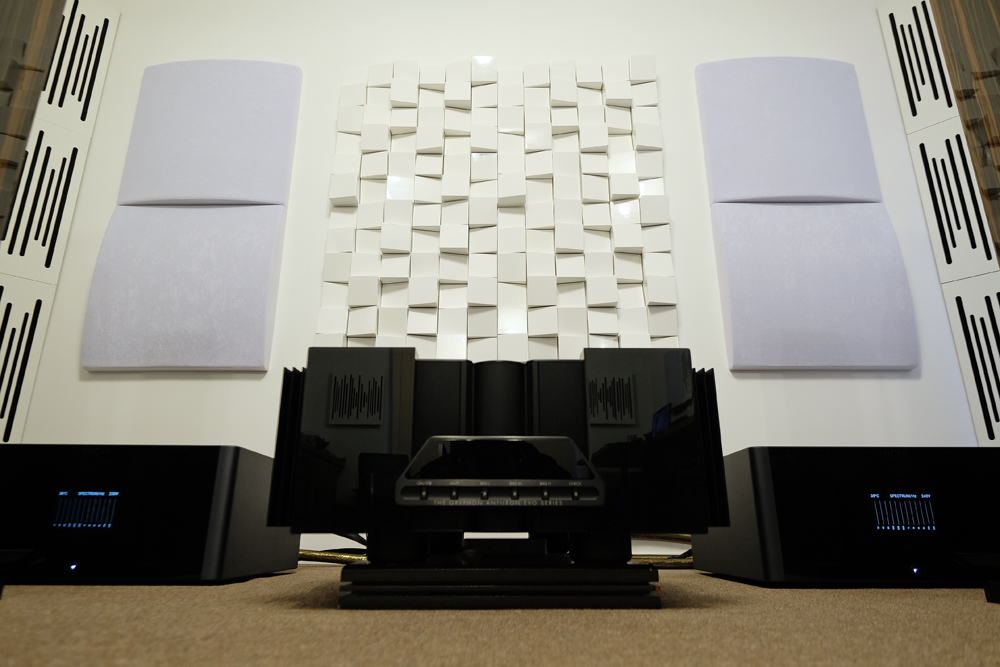Having the best audio system in the world can amount to naught if it sits within the context of a room which suffers from a mediocre acoustic signature. Yes, every room has an inherent acoustic signature, or profile… sounds produced within it are influenced by the room’s dimensions, the materials employed in its construction, the objects within it and the relationships between its boundaries. Different loudspeaker designs will have distinctive environmental interactions ultimately resulting in varying degrees of influence on the sonic performance.
For me, a music lover and audiophile, the stereo is a servant to the music which provides me with… oxygen. It elevates me, teleporting me to places far, to times recent and long-passed and often rekindles memories mostly beautiful or sometimes poignant. And as you let go and are swept away in the flow of the music, the system provokes emotional comfort… even physical wellbeing. Yes, a system can be the conduit to soothing the soul.
What if having all that potential bliss, you then substantially up the stakes to induce an idyllic state of pure musical joy? With Vicoustic room treatment optimising your acoustic space, things will get real.
Moving Out…
Recently, I moved house. Previously, at the ‘Shrublands’ homestead, the sound room was part of a large living area which also included a dining room. Over a period of time, with much sweat and a little luck, I fine-tuned a superb listening environment which was a noticeable improvement on the good-sounding ambience which I fortuitously launched from.
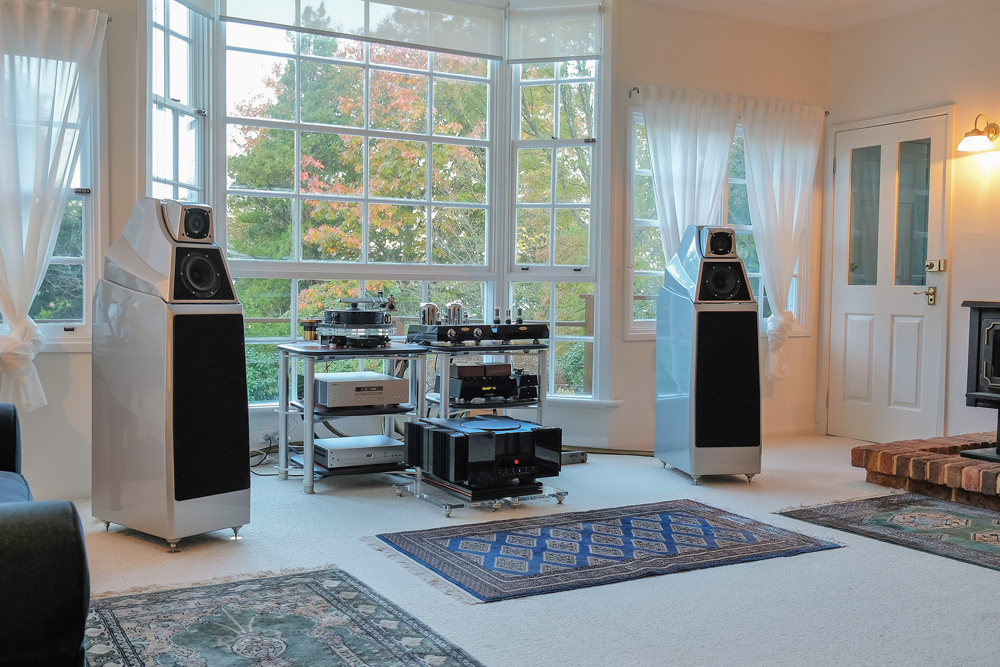 One house ago in a galaxy not so far away…
One house ago in a galaxy not so far away…
For reasons of harmony and aesthetics (it was the main living area, after all), I eschewed professional treatments. I was fortunate in that the room dimensions (a wide 5.8m by 6.3m in length with 2.4m and 2.6m stepped ceilings) allowed for judicious furniture placement and, in conjunction with thoughtful window dressing materials, loudspeaker and listening placements, etc. the end result was very favourable room acoustics. Very importantly, the sound was superbly neutral throughout the mids and highs. Somehow, it all sounded balanced, despite being somewhat lossy in the low registers and, in my opinion and that of many an audiophile, the environment was musically entrancing and conducive to extended listening sessions.
… And Moving In
The audio room in the new abode, appropriately christened ‘Dadirri’ an aboriginal word for inner deep listening, is now a dedicated space which, aside from accommodating the reference system, has adequate space to also house SoundStage! Australia HQ. Dimensions are quite different. The new setting is narrower at 4m with a ceiling height of 2.4m and extended further than at ‘Shrublands’ at a longer 7.6m. I now also have a much-preferred carpet-covered concrete slab as opposed to the less sturdy carpet over somewhat bouncy suspended floorboards.
It was not until six weeks after the move, once the demolition of two small semi-separator walls and the gyprocking/plastering, the full paint job and the duo dedicated AC power circuits were completed, that I was able to finally go about setting the system up. Once music was spinning, my immediate reaction was one of surprise and excitement at how much more powerful and dynamic the low registers were in this new room. Even on their castors and prior to further placement experimentation, the Wilson Audio Alexia Series 2 was slamming tight bass in a most enjoyable way.
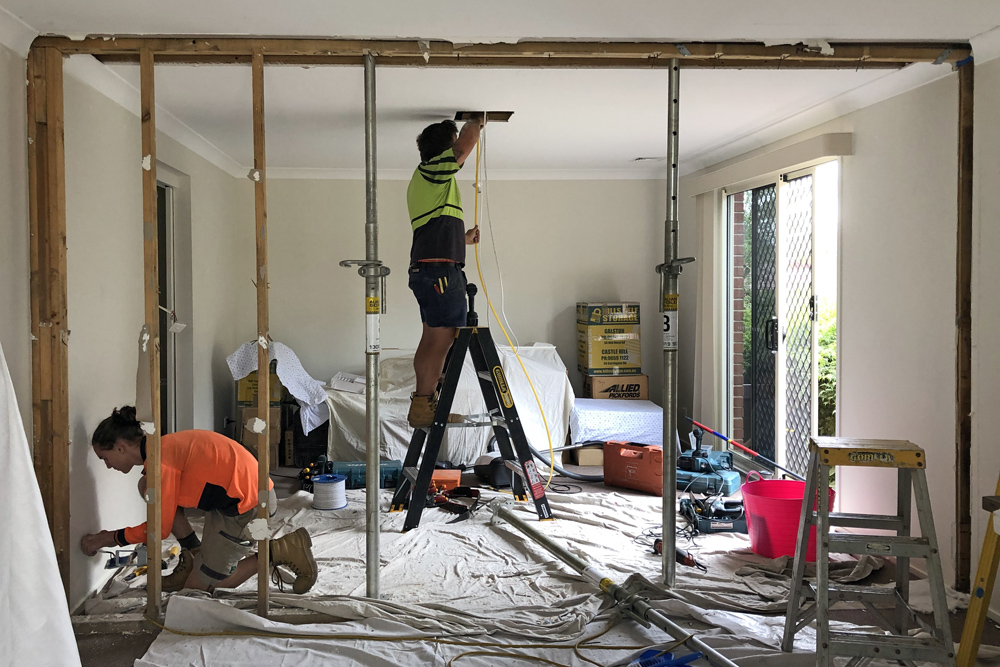
But as I suspected, the bare walls and ceiling made the sound bright. The boundary proximity meant the soundstage was not as wide as I was used to. Ditto for image precision, which was out of kilter and somewhat homogenised. What’s more, despite the bass power improvements over my previous room, the low registers were a tad uneven – minor spikes and dips at certain spots in the bandwidth.
At that stage, my only ‘room treatment’ was a centrally-positioned large wooden sculpture from Papua New Guinea’s Sepik River used as a diffusor, lol. With it in place behind and between the speakers (shown below in a different location), there was a very subtle, sometimes almost indistinguishable, improvement in image focus. Yes, don’t laugh. What I’m getting at is that any object placed in that position would, to varying degrees, alter the soundstage presentation by its sheer presence within the sound field. Ergo the often quite effective use of furnishings to tune a room.
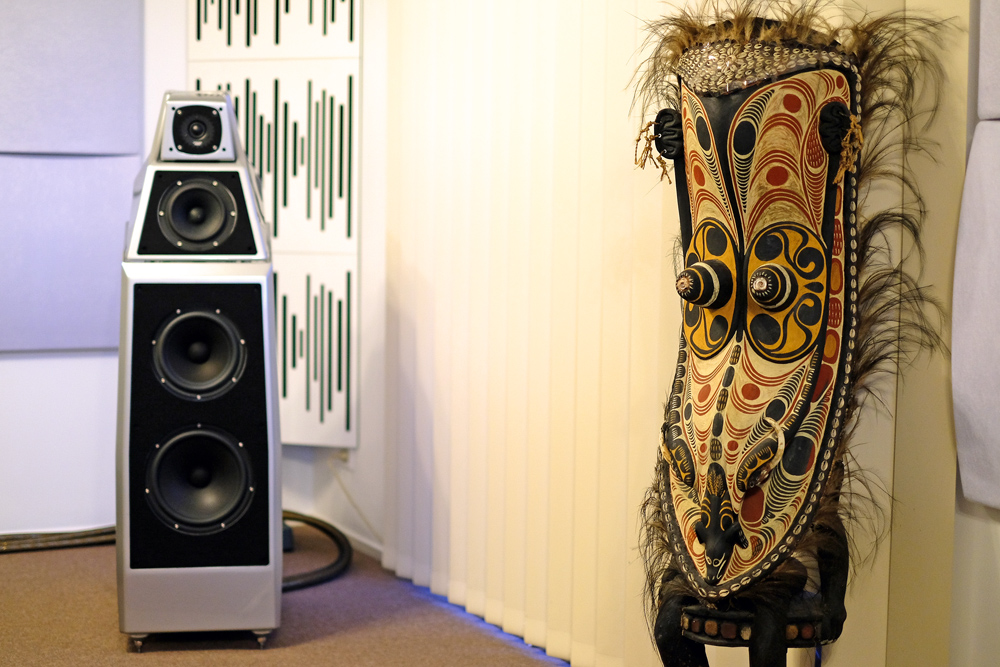 Sepik River Man away from original position between the speakers
Sepik River Man away from original position between the speakers
So as I predicted upon moving in, I would have to look at some serious amount of acoustic treatment in order to achieve similar – or hopefully better – sonic excellence as I was used to from our previous home. In this situation, no amount of “judicious furniture placement and… thoughtful window dressing materials, etc.” would help. I was going to have to get serious…
Treatment’s the Cure
Some years ago and a couple of houses back, in a room with a very problematic listening space, I found myself compelled to conduct an urgent acoustic treatment plan. I researched and researched, read just about every online technical piece on acoustics, sifted and filtered through the minefield of the odd contradicting idea, until I honed-in to a self-determined practical solution.
I made the decision to apply my own mix of solutions which I sourced from a Sydney-based foam and insulation specialist. With materials delivered, I went about constructing absorption panels and bass trap absorbers of my own design in a variety of sizes and thicknesses. I also applied custom-cut panels to the exterior of the front wall (behind the WATT/Puppy 5.1 at the time) which was fortuitously an under-house construction which allowed relatively easy access while also hiding the panels from view. After days of preparation and application, the fruits of my studies and labour resulted in a room that could not be compared to its previous iteration in terms of its acoustic qualities. Gone was the brightness and overwhelming bass boom. That project was an education and proved to be pivotal in terms of my understanding of how room acoustics behave.
Fast forward to a couple of houses on and the situation at hand at ‘Dadirri’. My previous knowledge and experience led me to design an acoustic treatment which would include a mix of dispersion and absorption along the walls. One half of the ceiling would receive absorption only while the remainder would be… half-half. Bass traps were used, not to control any overt issues– luckily there weren’t any – but to just smooth-out the overall low frequency response and deal with minor bass dips and troughs as described above.
It’s worth mentioning here that the location of the speakers and the relative position of the listening chair is of utmost importance to allow any bass trapping to work effectively. As good as Vicoustic bass traps are, they don’t defy the laws of physics. If you’ve placed either your speakers or your listening chair (or even worse both) in a room mode location where you may have either a large dip or spike in the frequency response – crucially in the bass and sporadically spread between 20Hz and 300Hz – no amount of bass trapping will fix the problem. Even powerful DSP will struggle. For a very good starting point (you may need to fine-tune further still) look up the many online free room mode calculators. I found Harman’s Dan Seifert’s calculator very helpful (link here).
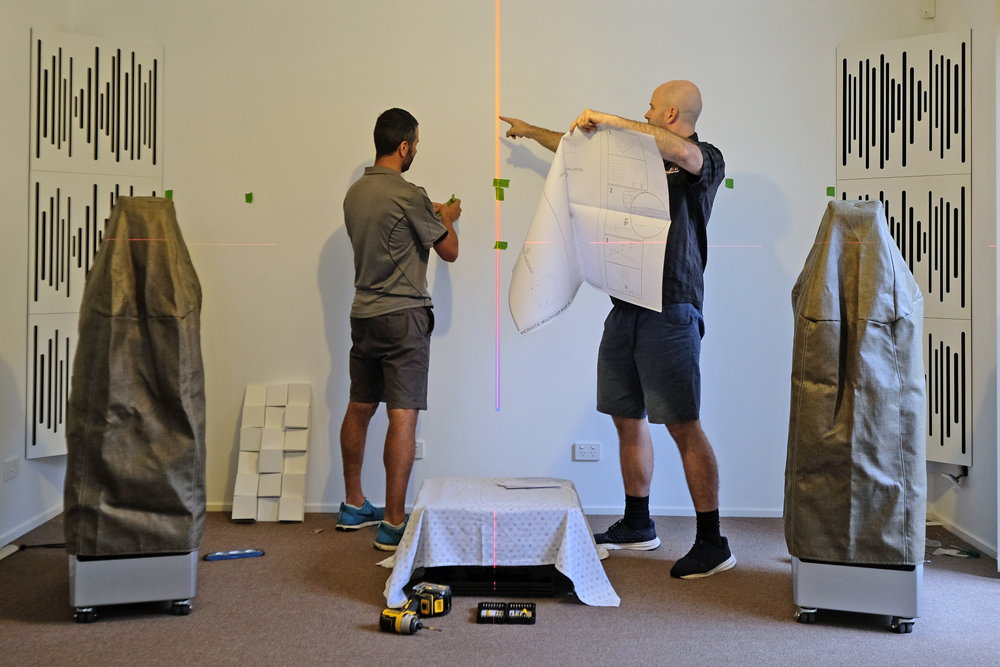 Specialist installers Daniel Borg (L) and Ken Cook (R)
Specialist installers Daniel Borg (L) and Ken Cook (R)
Back to Vicoustics and the plan at hand. I wanted a careful balance. Too much treatment can deaden the room, making music flat and dull, too little can be ineffective in dealing with the inherent brashness and soundfield issues. My aim was to expand the soundstage, control and focus imaging within it, lower the room’s noise floor, attain a natural timbre, eliminate reverberation and unwanted reflections and, as mentioned above, smooth-out the bass response. In my opinion, my plan – which was endorsed by the Vicoustic’s importer Radiance AV as being theoretically effective – would potentially deliver to target.
In addition, Vicoustic offers a service – which can be commissioned online at Vicoustic’s website or via Australian distributor Radiance Audio Visual – where the company’s acoustic engineers plan out a treatment design according to comprehensive data provided. This includes room size, of course, building materials, environmental factors such as furnishings, etc. There are three levels of consultation plans.
In the case of ‘Dadirri’ and my own design, the Vicoustic product requirements were as follows (all in white):
Front Wall
4 x Multifuser Wood 36 – 3-Dimensional diffusor placed in one 1200 x 1200mm section centred on the front wall behind the loudspeakers. This was invaluable in terms of achieving the best stage depth I’ve had.
4 x Cinema Round panels – Curved absorption panels placed vertically either side of the diffusor above.
6 x Super Bass Extreme bass traps – Stacked in corners behind the loudspeakers serve to balance and even-out low frequencies.
Side Walls
8 x Cinema Round panels – 4 x vertical orientation, two per side at reflection points. Array of 4 x interspersed with 4 x Wave Wood absorption/diffusion panels on furthest half of the room at multiple reflection points covering areas above the tweeter down to well below the midrange drivers.
4 x Wave Wood absorption/diffusion panels – Interspersed array with Cinema Rounds above. This staggered panel configuration aims to deal with reflections without excessively deadening the sound.
2 x Wave Wood panels – At appropriate height on rear wall furthest from speakers. Again, deals with a small wall section and its reflectivity.
Ceiling
4 x Cinema Round panels – Across first half of ceiling at first reflection point. This is a very important location where first reflections from the ceiling profoundly affect image specificity and overall soundfield. You would not imagine having bare floors devoid of any furniture. That is the parallel analogy for an untreated ceiling surface.
4 x Wave Wood panels – Spread evenly on second half of ceiling at reflection points.
There were a number of installation processes and machinations in terms of carrying out the positioning and location of the various panels. The installation team of Ken Cook and Daniel Borg were kitted with a full armoury of fitting tools, including a precision laser system for accurate levelling and alignment. Ken and Daniel were super-efficient and know their stuff when it comes to both perfectly mounting and positioning the Vicoustic products in order to extract maximum acoustic effectiveness. So ear-friendly and eye-friendly panel positioning. That’s no mean feat.
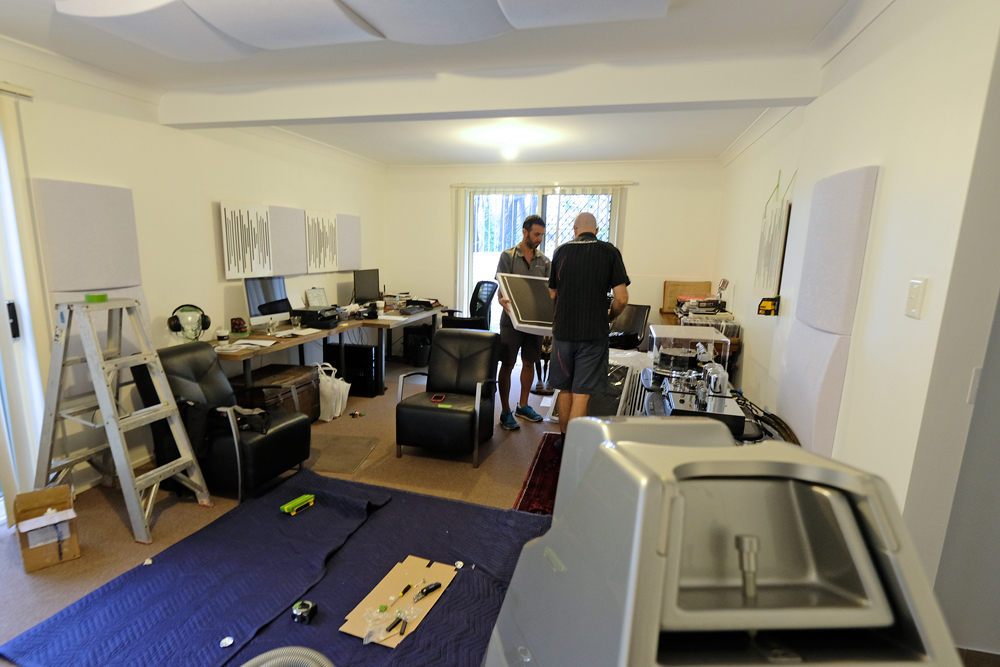
Even during the early stages of the installation, you could already hear a marked change to the room’s reverberance and sound signature. My keyboard can make somewhat of a racket. I recall, pre-acoustic treatment, noticing the keyboard’s echoing rat-tat-tat through the room. Now, I can tell you, the keys’ sound is remarkably different and is restricted to its natural near-field decay.
Post the two-stage installation, the sonics ultimately changed to the utmost encapsulation of the terms chalk-and-cheese, night-and-day when compared to the untreated space. In fact, I was surprised by the significant difference Stage 2 brought about, seeing it involved only a further four Wave Wood ceiling panels (the majority of the panels were installed in Stage 1, with Stage 2 completed as we approached COVID-19 restrictions).
All the target elements were achieved while also gaining sharper/faster transient attack across the loudspeakers’ frequency bandwidth. Recordings which I had previously found to be harsh and almost unlistenable were now tamed without loss of detail, dynamic contrast or separation. Across the entire mids and tops, there’s a sense of ease, smoothness and rightness.
Spatially, the soundstage has expanded in all dimension, but particularly, in terms of stage depth where, recording permitting, instruments are seemingly placed way beyond the front wall. Imaging is super-precise and the speakers disappear – no mean feat for large speakers in a mid-sized room. In reaching this overall balance, the side benefit is accuracy in timbre, where instruments sound intrinsically real. The bass is tight, nuanced, with snappy attack and powerful depth. The noise floor is… well, basement-level-low. I mean, deep underground. Bullseye.
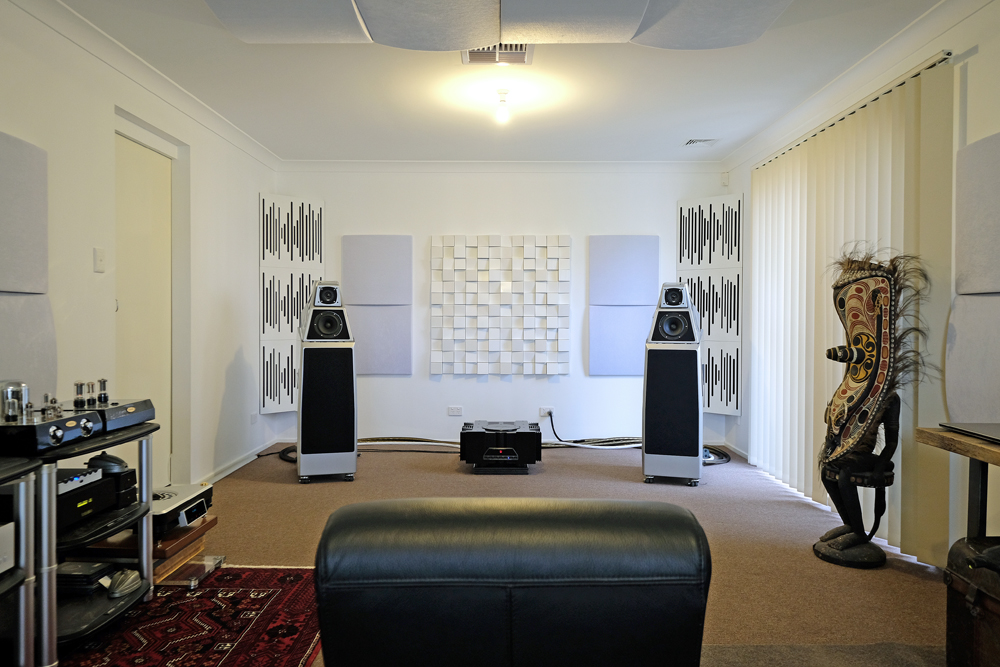 Room installation completed
Room installation completed
Conclusion
Given any room, especially straightforward rectangular-shaped environments (or even, dread-of-dread, square ones) where placement alternatives are relatively easy to determine, the importance of a balanced acoustic treatment design using well-engineered products cannot be underestimated. Well-placed absorption and/or diffusion at first and second reflection points on side walls and ceiling, in conjunction with corner bass trapping where necessary, will result in sonic improvements which will be, as the cliché goes, a revelation.
Expect to hear more low-level detail due to the reduced room noise floor combined with a larger, deeper and taller soundstage, sharply-focused imaging, superior tonal accuracy, tighter control and better balanced low frequencies, all with even a higher dynamic expression.
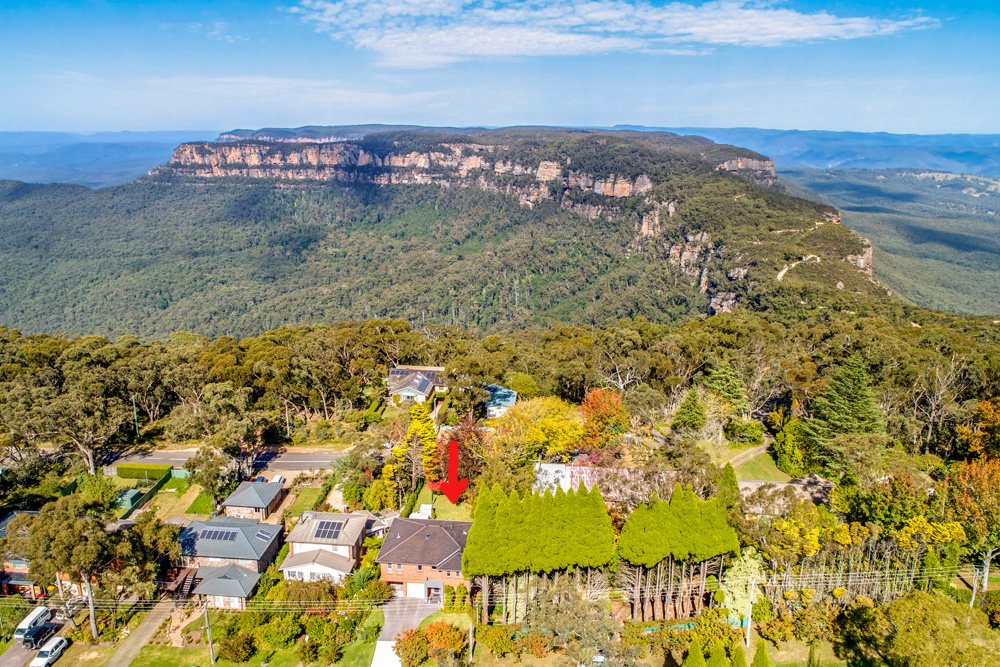 Narrow Neck Escarpment in the Blue Mountains
Narrow Neck Escarpment in the Blue Mountains
All of those aspects of audio performance coagulate to present music in a manner that approaches, in one giant leap forward, the real thing.
Now, as the final touch, the closing triumph in this space, transformed. If the new room were a flowing aural river in the tropics, in a new setting on the shore along the banks, I’d lay Sepik River man bilong mi, my silent listening companion…
… Edgar Kramer
This email address is being protected from spambots. You need JavaScript enabled to view it.
Associated Equipment
- Speakers — Wilson Audio Alexia Series 2, Axis Loudspeakers VoiceBox S(nearfield monitor), Vermouth Audio Little Luccas Mk.II
- Amplifier — Gryphon Audio Antileon EVO
- Preamplifier — Supratek Cortese, Lightspeed Attenuator LDR passive
- Sources — Digital: 432EVO High-End Music Server, Yamaha CD-S2100 transport, Chord Electronics Hugo M Scaler, Totaldac d1-core DAC, Asus PC as Roon Core. Analogue: Michell Engineering Orbe with Gert Pedersen Level 3 modifications and Origin Live Ultra upgraded motor, Trans-Fi Terminator air bearing linear-tracking arm, Shelter Harmony cartridge, Supratek Cortese & REDGUM Audio RGPH2 phono stages
- Processor — DEQX PreMate
- Cables — sILENzIO loom, Vermouth Audio Reference loom, Vermouth Audio Black Pearl Mk.II loom,
- Audio Rack — SGR Audio Statement Model V
- Acoustic Treatment — Vicoustic Multifuser Wood, Wavewood Ultra, Cinema Round Premium and Super Bass Extreme
- Miscellaneous — Les Davis Audio Viscoelastic CLD discs, VRC Vinyl Record Cleaning system
Vicoustic Room Acoustics Products
Price: Installation & Product Dependent (Contact Distributor for Nearest Retailer)
Warranty: 12 Months
Australian Distributor: Radiance Audio Visual
+61 (0) 2 9659 1117
www.radianceav.com.au
Vicoustic
Rua Quinta do Bom Retiro Nº16, Arm. 9 2820-690
Charneca da Caparica
Portugal
+351 212 964 100
www.vicoustic.com
